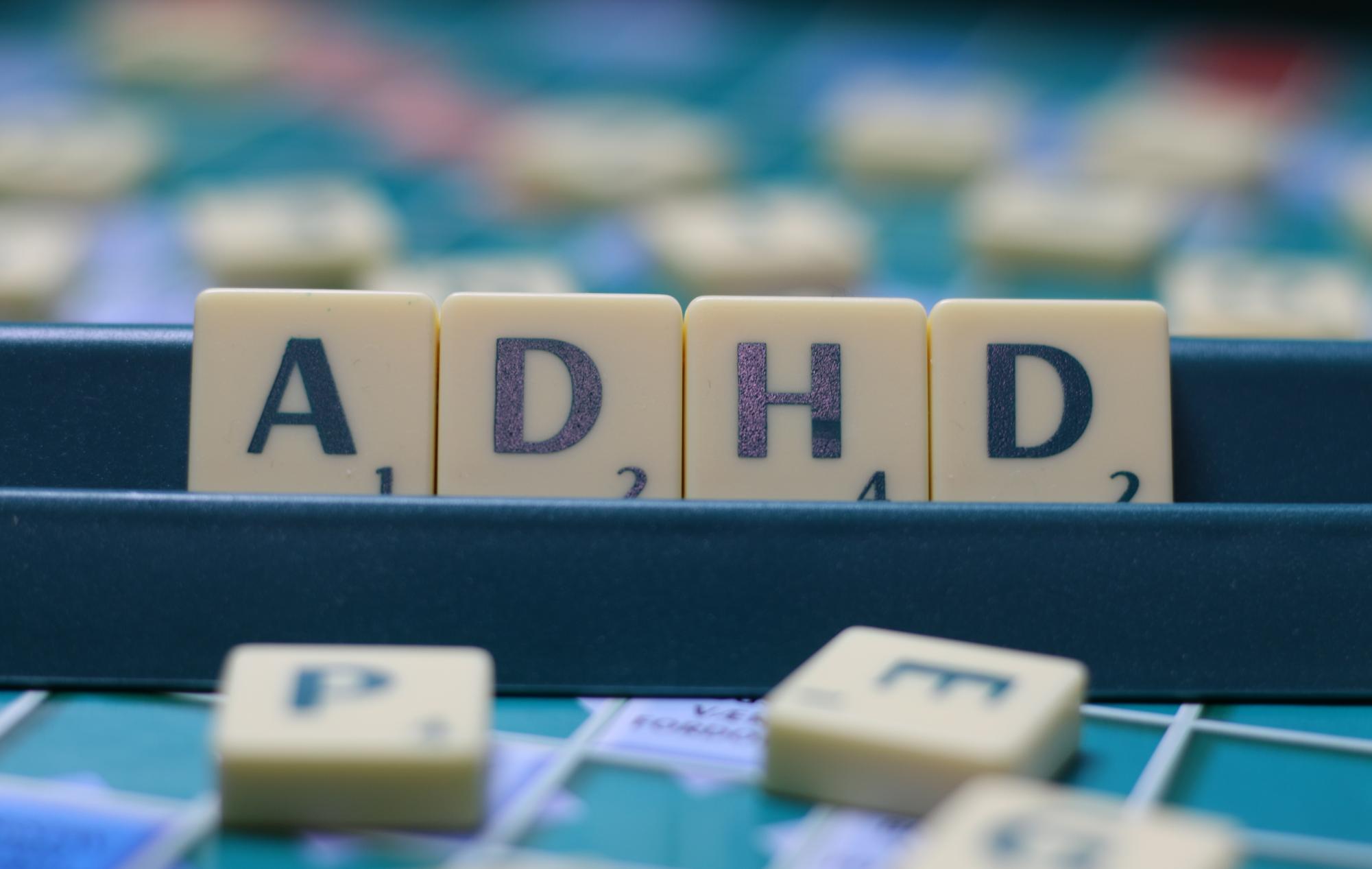ADHD, also known as attention deficit hyperactivity disorder, is a common neurodevelopmental disorder that affects many parts of a person’s life. People with ADHD tend to have difficulty paying attention and exhibit hyperactive or impulsive behavior. This can make it hard for them to succeed in school, maintain stable relationships, and manage their time. Furthermore, ADHD never fully disappears as a person ages. Although there are individuals who seem to “grow out” of ADHD, symptoms tend to linger for most people.
According to the Centers for Disease Control and Prevention, there isn’t a single test to diagnose ADHD since it shares many symptoms with other learning disabilities, sleep disorders, and depression. Generally, if a child or another person is suspected of having ADHD, the first step is to talk with a healthcare provider to find out if the symptoms are appropriate for an ADHD diagnosis. Healthcare providers use guidelines in the American Psychiatric Association’s Diagnostic and Statistical Manual, Fifth edition (DSM-5), which states that six or more symptoms of inattention or hyperactivity-impulsivity are necessary for children up to sixteen years old, and five or more symptoms in the same categories for adolescents and adults older than seventeen years old to diagnose ADHD.
One common myth about ADHD is that it actually isn’t a medical condition since it cannot be diagnosed with a lab test. However, according to the Cleveland Clinic, research studying MRI scans showed that “children with ADHD had smaller brains, with noticeable size differences in the parts of the brain associated with emotional control, self-control, memory, and learning.” Another common myth is that ADHD is a learning disability since kids with ADHD generally have trouble in school. However, that is not the case. Students with learning disabilities struggle in school due to difficulty understanding language, letters, and numbers, while students with ADHD tend to have trouble focusing in school and directing their attention to a single task. One final myth is that all kids with ADHD are hyperactive. According to the Cleveland Clinic, while some kids with ADHD exhibit hyperactive behavior, the majority of children suffer from other attention problems, such as inattention or poor concentration.
There are many different treatments for ADHD. Medications generally fall into two categories: stimulants and nonstimulants. According to Healthline, stimulant medication increases the levels of dopamine, which is responsible for the brain’s reward cycle, and norepinephrine, which is responsible for the brain’s “fight or flight response.” While increasing the levels of neurotransmitters in the brain may intuitively seem to promote higher levels of hyperactivity, these medications have the paradoxical effect of calming the individual. According to Verywell Health, since individuals with ADHD tend to have characteristically low levels of dopamine and norepinephrine in the first place, these stimulant medications help make up for the lack thereof.
The second type of medication, non-stimulants, is generally used when stimulants aren’t effective in treating ADHD symptoms or cause unwanted side effects. Despite what the name implies, non-stimulants also increase levels of norepinephrine, with the intent of improving focus, reducing impulsive behavior, and regulating behavior. Along with controlling the “flight or flight response,” Norepinephrine is thought to help with attention and memory.
However, there are also treatments for ADHD that are not medication-based. Different types of therapies exist to help people become more aware of their symptoms and learn how to manage their emotions and thoughts. For example, psychotherapy—also known as talk therapy—is helpful in getting children to openly discuss their struggles with ADHD and understand how their symptoms impact their mood and concentration. Additionally, behavioral therapy can help individuals understand specific behaviors that ADHD causes and how they can adjust them moving forward.
Overall, ADHD is a disorder surrounded by many myths and misconceptions. It is important to understand that it shares many similarities with other disorders and is not a condition that one can simply “outgrow” with time. That said, there are a wide variety of treatment options and many support groups available. Although ADHD’s exact origin and genetic background are unknown, researchers are working to better understand and treat the disorder moving forward.








